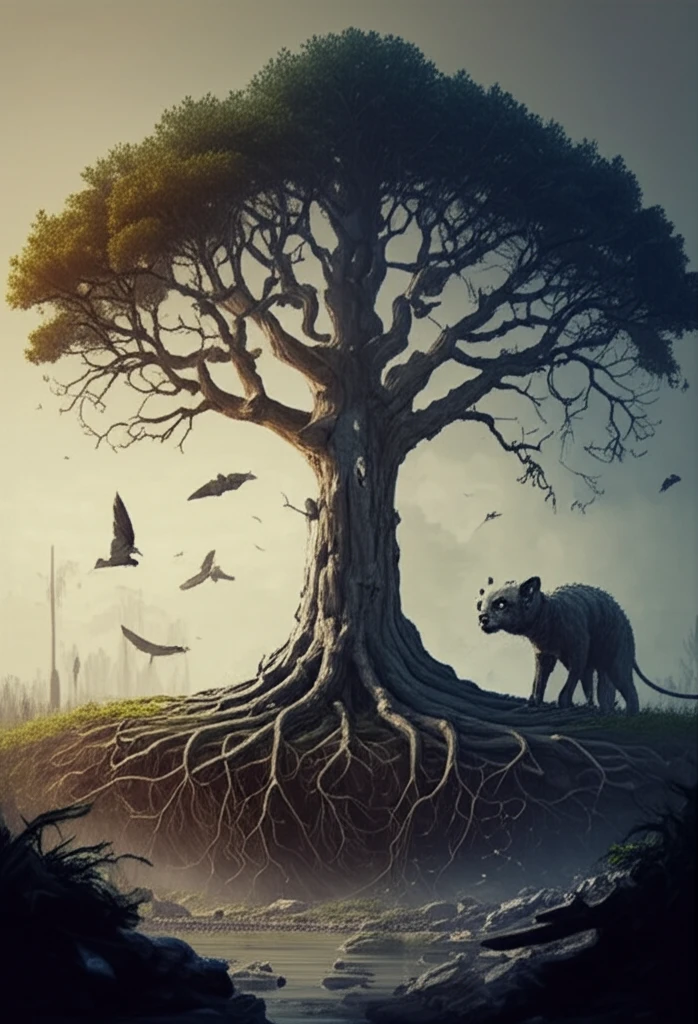
Survival of the Fittest: How Evolutionary History Shapes Our Ability to Adapt
"Uncover the surprising role of evolutionary history in determining how species adapt to new threats, and what this means for the future of our planet."
In the grand theater of life, every species, from the tiniest microbe to the largest whale, is a product of its past. The challenges faced by ancestors, the environments they navigated, and the genetic quirks they carried all play a role in shaping the survival strategies of today's populations. But what happens when a species encounters a completely new threat, something its ancestors never faced? Does its evolutionary history give it an edge, or does it start from scratch?
For years, scientists believed that a species' ability to adapt to change hinged primarily on the amount of genetic variation within its population. The more diverse the gene pool, the thinking went, the greater the chance that some individuals would possess the traits needed to survive in a new environment. This is known as standing genetic variation (SGV). However, recent research suggests that there's another crucial factor at play: evolutionary history (EH).
A groundbreaking study using digital organisms in a simulated environment is shedding new light on the interplay between SGV and EH. This research reveals that a population's past experiences, particularly its exposure to specific environmental pressures, can have a far greater impact on its ability to adapt than simply having a diverse gene pool. This has profound implications for how we understand evolution and how we predict the fate of species in a rapidly changing world.
Unlocking the Secrets of Adaptability: Standing Genetic Variation vs. Evolutionary History

The digital world may seem far removed from the complexities of nature, but it provides a powerful tool for studying evolution in action. Using a software platform called Avida, researchers created populations of self-replicating computer programs, mimicking the fundamental processes of life: replication, heritable variation, and natural selection.
- Phase 1: Established two sets of digital organism populations. One set was allowed to evolve with the possibility of developing predatory traits (predator EH), while the other was not (no predator EH).
- Phase 2: Introduced a static, non-evolving predator to populations with high, intermediate, and no standing genetic variation (clone). This phase aimed to observe how populations adapted under controlled predatory pressure.
- Phase 3: Competitions were staged between populations with different SGV and EH in both the presence and absence of a new predator to evaluate adaptive traits and competitive strength.
What Does This Mean for the Future?
These findings have significant implications for our understanding of evolution and our ability to predict how species will respond to environmental change. In a world facing unprecedented challenges, from climate change to invasive species, it's more important than ever to understand the factors that influence adaptability. By recognizing the critical role of evolutionary history, we can gain a more nuanced perspective on the challenges facing populations and develop more effective strategies for conservation and management.
